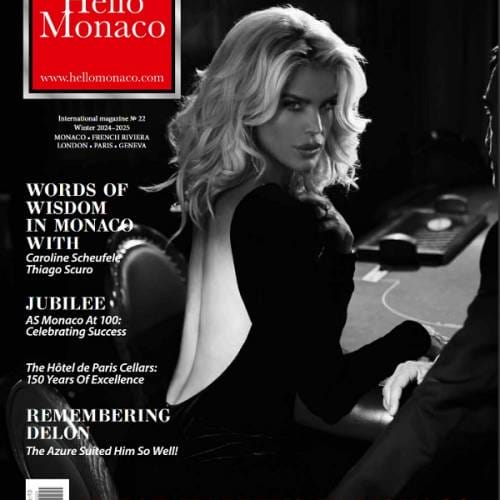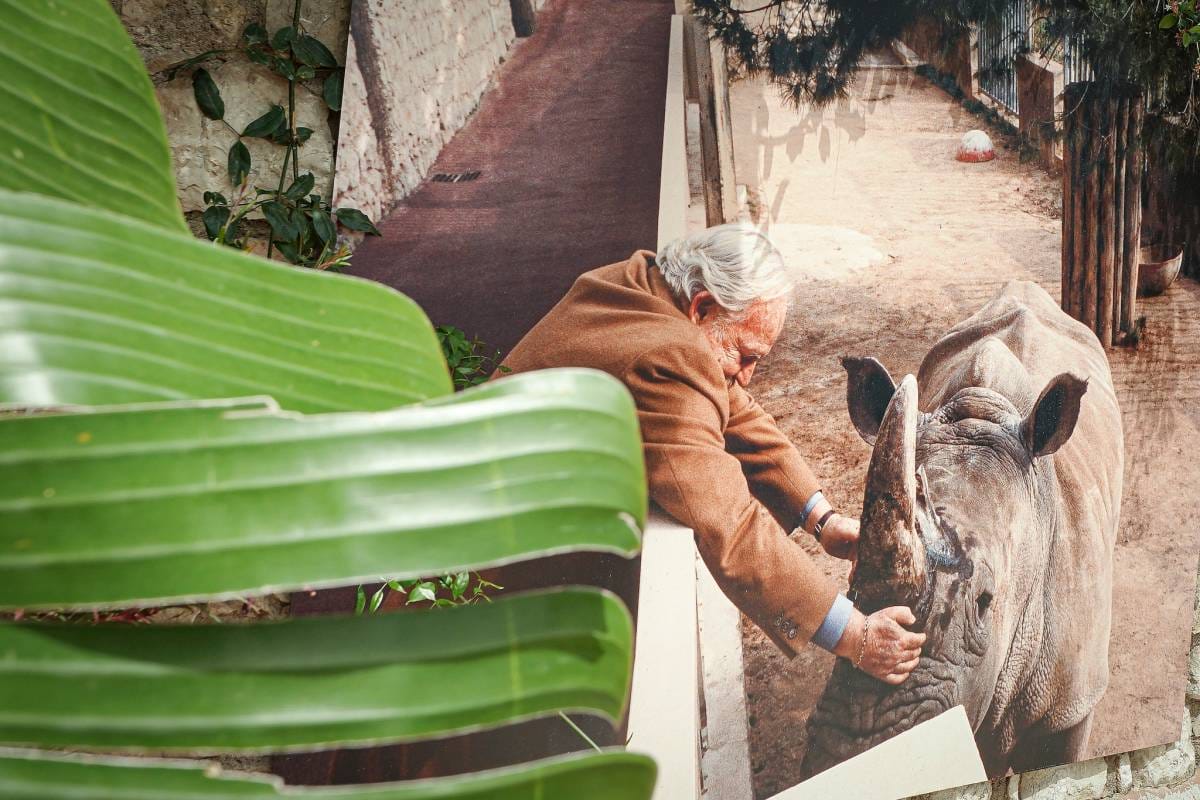Do you want to become a primitive man for a little while? Or visit a cave full of stalactites and stalagmites, see a mammoth and escape from a dinosaur? Find out whether it is true that the Neanderthal man lived in a tree? Was it all for real or is it just a figment of the imagination of archaeologists?
Grimaldi Cave: Monaco’s Hidden Gem
You don’t need a time machine to know the answers to all these questions. Time travel is possible and what is required is to descend into the Grimaldi Cave, which is located 100 metres above sea level. It offers a unique opportunity to explore the underground geology and prehistoric remains of the first inhabitants of Monaco. There are stalactites and stalagmites here, natural curtains and columns, helictites and other calcareous formations of the most bizarre forms. Yet this cave is only a small part of the Museum of Prehistoric Anthropology, which is located in the Jardin Exotique.
Travelling through the cave takes about 40 minutes and you will have to walk 300 steps up or down in total. But in the summer time a descent into the cave, where the pleasant coolness and silence of nature contrasts with the loud noise of the city, will bring a sense of real happiness. The fabulous cave interiors are somehow reminiscent of the castle of the Snow Queen and the Dwarfs’ dwelling at the same time; they excite the imagination and provide a topic for long discussions in the family circle.

History of Monaco’s “Ancient” Museum
In 1902, the eminent researcher Prince Albert I founded the Anthropological Museum of Prehistory. After long excavations in the caves of Grimaldi (1895-1902), which were organised and financed by Albert I, there was a need to create a place where all the collected material (including the remains of primitive man found on the territory of the principality and neighbouring lands) could be stored, for the sake of transmitting the local heritage to its descendants. The remains of the animals that have disappeared from these areas such as rhinos, elephants, deer and cave bear were found, as well as two kinds of fossilised human remains.
The museum’s exhibits tell the history of humankind from Australopithecus to Homo erectus and Homo sapiens. There are replicas and the real remains of prehistoric animals extinct during the Ice Age.

The original collection consisted of items found during excavations in the Grimaldi cave and graves in the so-called Grotte des Enfants. Later, Count Seneschal de Lagrange presented the museum with a series taken from an ethnological necropolis from the period before the Spanish conquest in America.
Generocity of Prince Rainier III
In the ’50s, Prince Rainier III made an incredible gift to the museum. He allowed it to move into one of the most significant places in the Principality right next to the Observatory Cave. Since that time, the grotto can be accessed as part of the museum visit thanks to a design provided by the custodian, Louis Barale. He came up with a convenient layout where museum visitors can experience their journey into the depths of prehistory, where hunters, gatherers, nomads and other primitive people lived for 300,000 years. (Homo erectus, Homo Neandertalensis, Homo sapiens)

In 2010, when the museum celebrated its 50th anniversary, a new concept of exhibitions under the name “Les Preuves du Temps” or “Time’s Evidence” was invented. The exhibition raises questions regarding humanity, climate change, and the place of man in the environment, which is the main theme of the museum. Visitors can travel through space and time by following the guide, Professor Yves Coppens. Here you can learn about primitive life in Africa and Monaco, see archaeological sites that tell you more about what activities ancient people engaged in, what scenery they saw and how they produced their own food.
The Anthropological museum of primitive history holds objects of the prehistoric and protohistoric periods, items of antiquity and the Middle Ages. There are many original items of clothing and jewellery belonging to men and women (bracelets, rings and headgear). New excavations continue today, so the collection is only growing.

Functioning Laboratory
The Anthropological Museum of Monaco is also a functioning laboratory, closed to the public. Archaeological remains that have been found in the territory of Monaco are being classified, compared, analysed, and then exhibited.
Plus, if you buy a ticket to the Exotic Garden, you can visit the Museum of Anthropology and the Observatory Cave at the same time and all in one place!
Before your visit, please check the prices and opening hours on the museum website.








